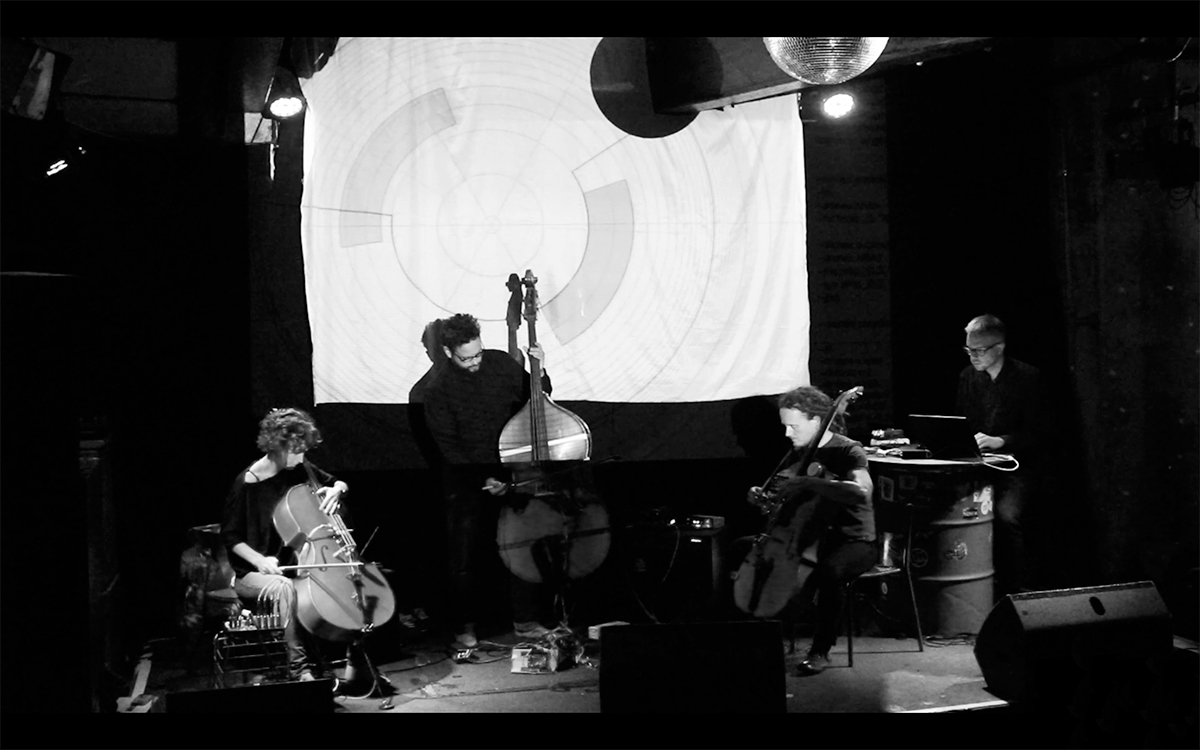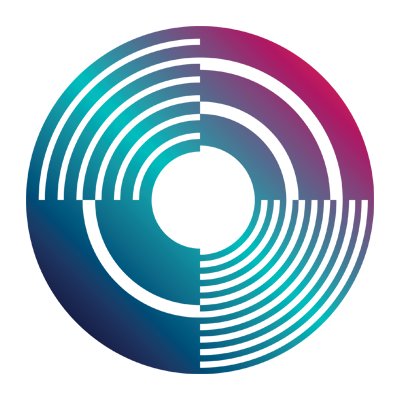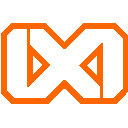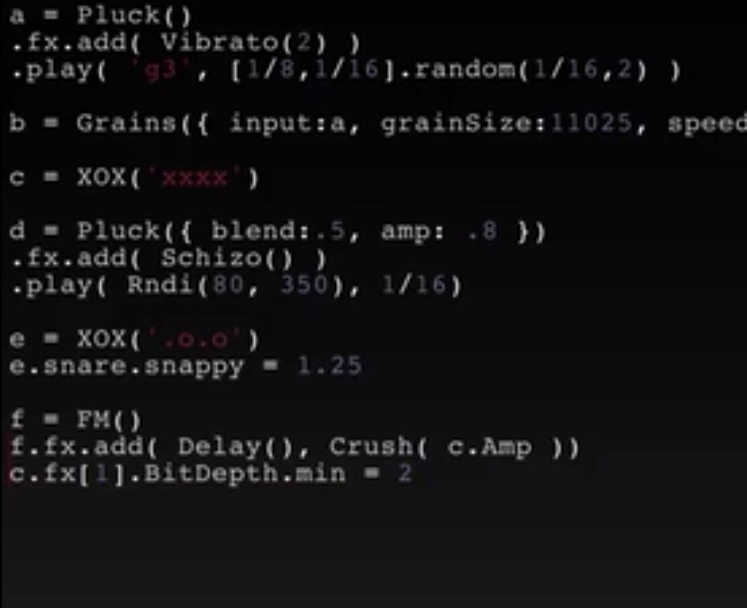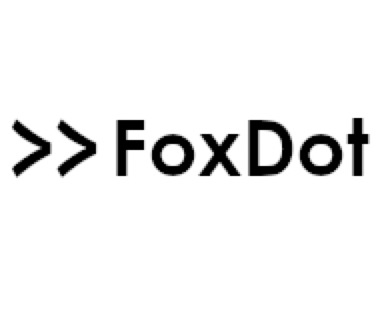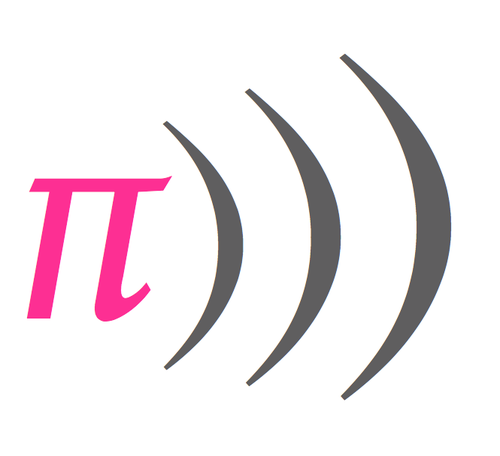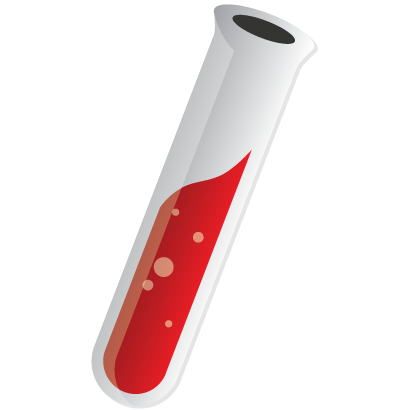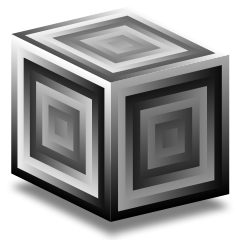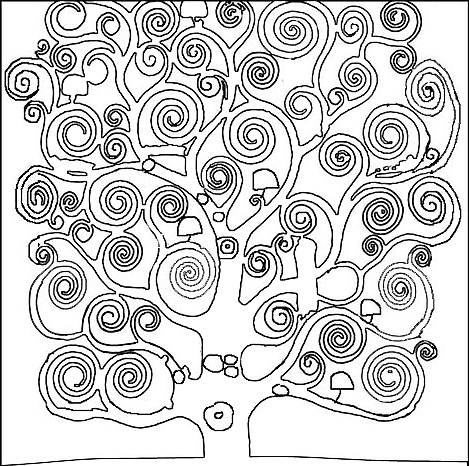The Threnoscope in use
I, Thor Magnusson, have used the Threnoscope in various forms over the past years. Each performance has resulted in improvements of the system and collaborating with many fantastic musicians has enabled me to get expert feedback on the way the instrument works in a collaborative setting. Most often I have played with solo performers, but I also collaborate with my Emute Lab colleagues in the Brain Dead Ensemble, whose recordings can be listened to in the previous links.


